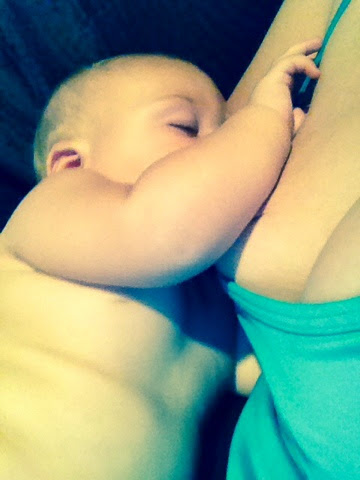Calendula
Also known as Pot Marigold.
There are so many things you can do with this beautiful flower.
And the unique things about this, is that is maintains it's beautiful color.
It's a disinfectant, antibacterial, antifungal and antiseptic.
It heals skin wounds.Aids in comforting menstrual cramps and vaginal infections.
As a syrup, helps heal sore throats and coughs.
It can lighten hair.
As a balm is helps colic, arthritus, lumbago and rhuematism.
It helps heal ear, bladder and eye infections.
Antidepressant.
Bruises, boils and acne.
Constipation.It helps skin irrations and insect bites.
Great for sunburn and diaper rash- I like to use it on my cloth wipes.
There are so many things you can do with it.
You can make an infused oil.
There are many different recipes, but the one I use is:Fill a jar with calendula flower heads.
Pour oil (I use olive, avocado, jojoba oils) over the flowers. This usually brings it to about 1-1.5 inch left in the jar.
Pour witch hazel to the top.
Shake a few times a day for a week and let it sit in the sun.
I use this for burns, cuts, diaper rash.
To make a salve:
If using fresh flowers, leave to wilt for at least 12 hours.Make an infused oil (same recipe, minus the witch hazel).
Using 4 oz of infused oil and 8 oz of melted organic bees wax pellets.
So cut your marigolds, before they die!




















